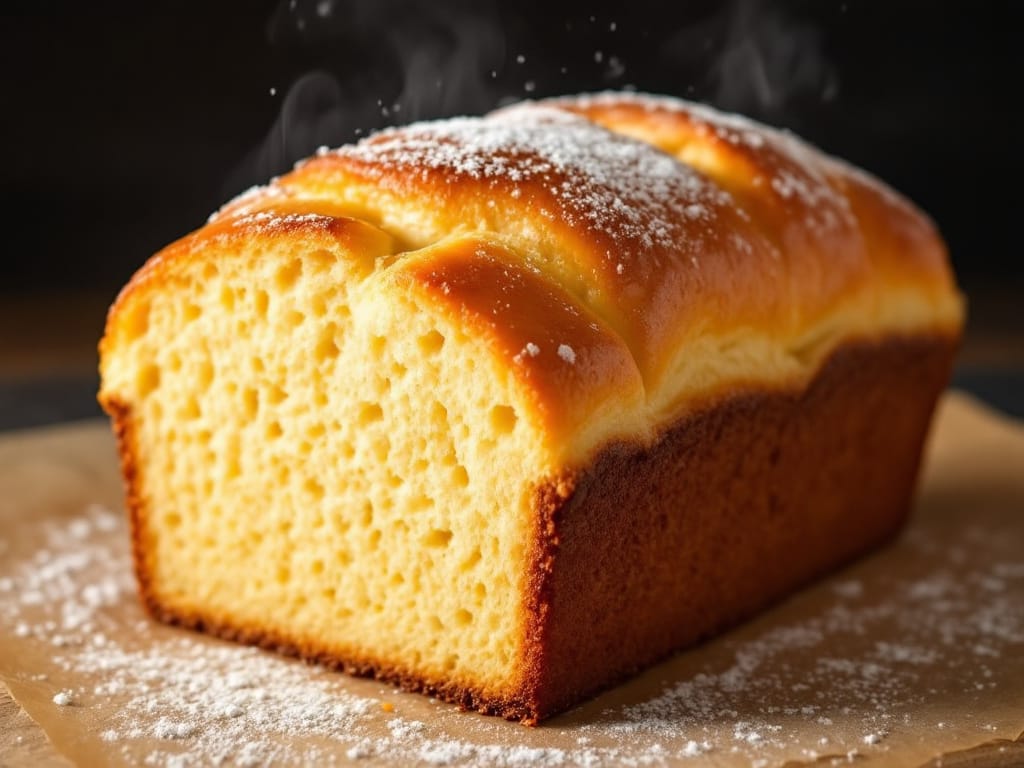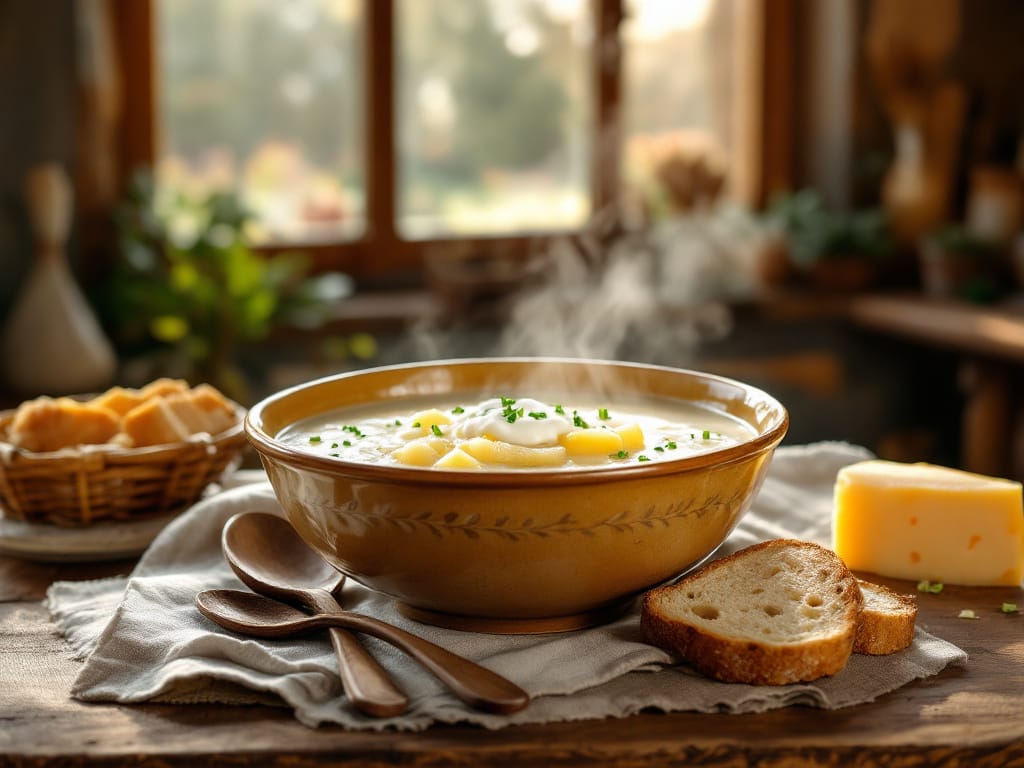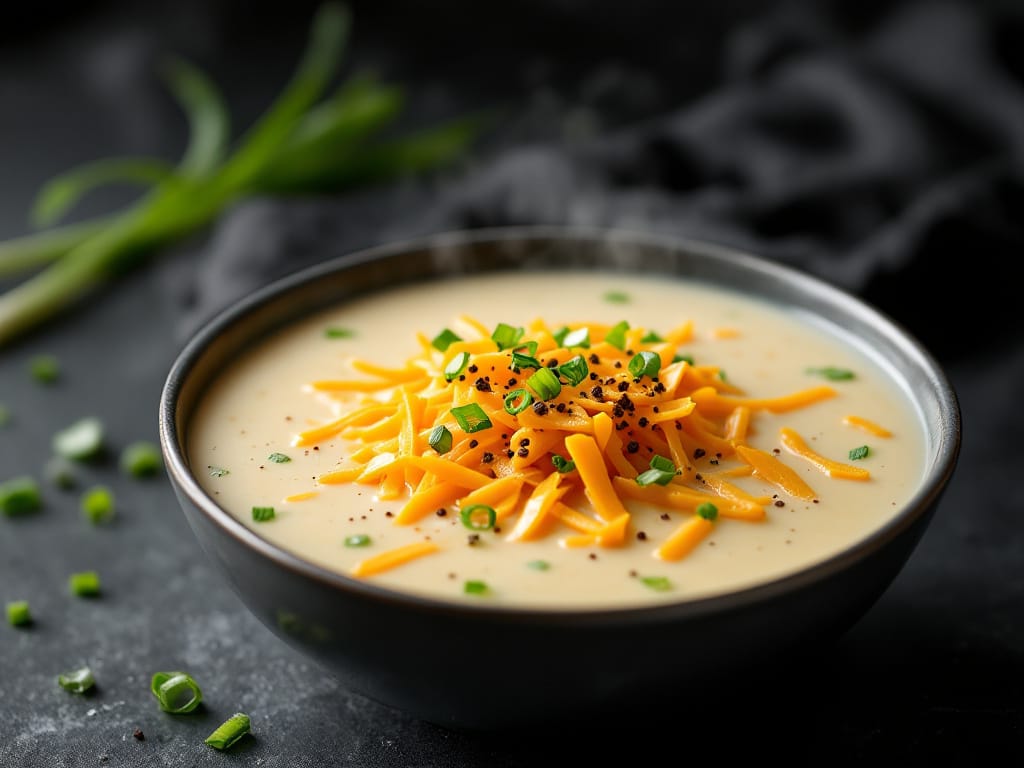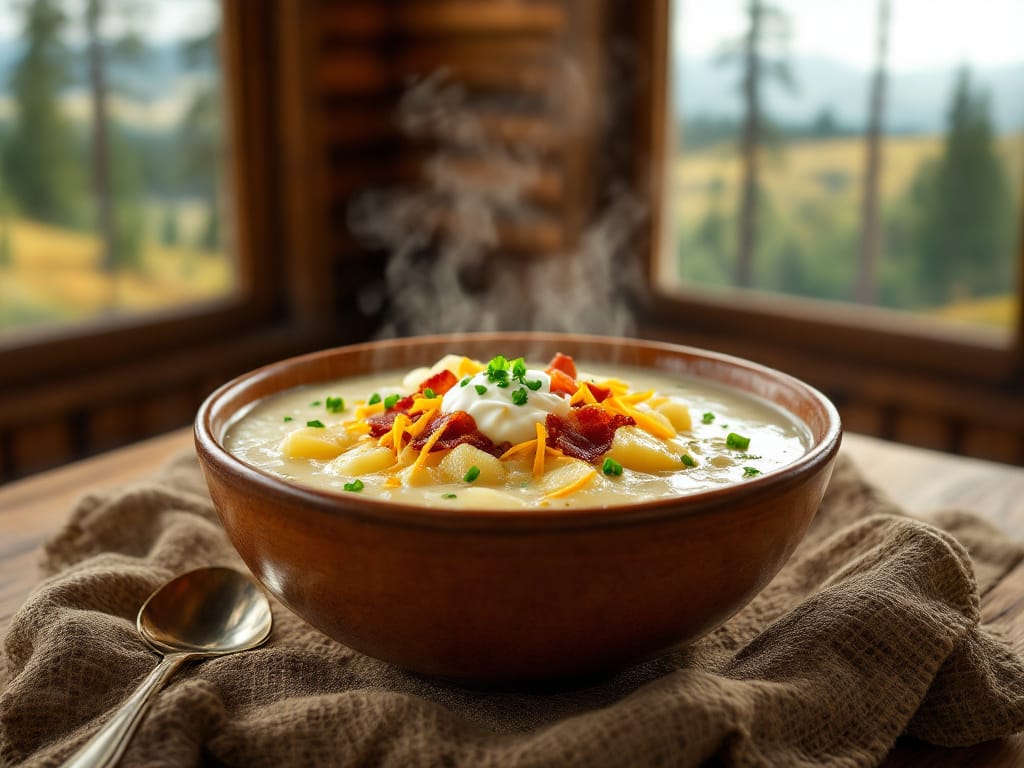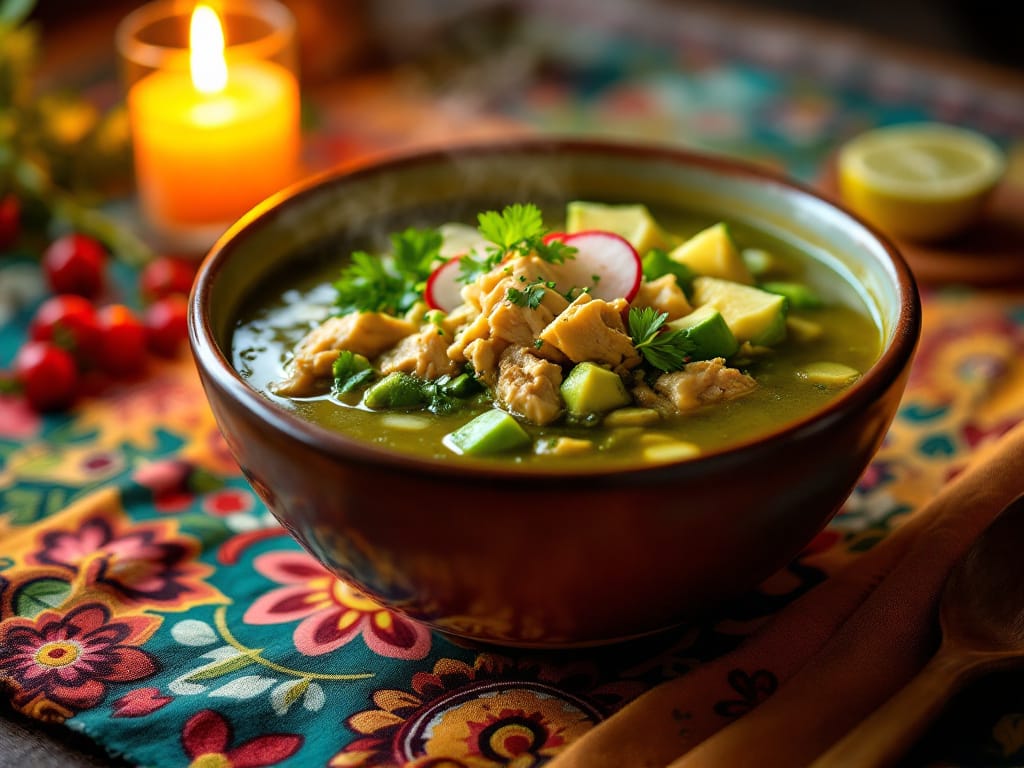Milk bread, often called Shokupan in Japan, stands out for its unparalleled softness, subtle sweetness, and remarkable versatility. Its global popularity stems from its ability to stay fresh and moist far longer than most traditional bread. Whether you’re a seasoned baker or a beginner, this guide will teach you how to make milk bread from scratch, perfect the Tangzhong method, and address any baking challenges you might encounter along the way. Let’s dive into the art of creating this delectable loaf!
What Makes Milk Bread Special?
Milk bread is celebrated for its fluffy texture and delicate crumb, which set it apart from other types of bread. The secret lies in its preparation, particularly the Tangzhong method. This innovative technique involves cooking a small portion of the flour with water to form a roux-like paste. The Tangzhong ensures the dough retains moisture, resulting in bread that stays soft and tender for days.
Ingredients You’ll Need
Creating soft and fluffy milk bread at home requires just a few staple ingredients and tools. Here’s a comprehensive list to get you started:
Core Ingredients
- 3 cups bread flour – Provides structure and elasticity.
- 1 cup milk – Adds richness and softness.
- 1 large egg – Helps with binding and enhances the texture.
- 4 tbsp unsalted butter (room temperature) – For a tender crumb and flavor.
- 2 tbsp sugar – Adds a touch of sweetness.
- 1 ½ tsp salt – Balances the flavors.
- 1 tbsp instant yeast – The leavening agent for the perfect rise.
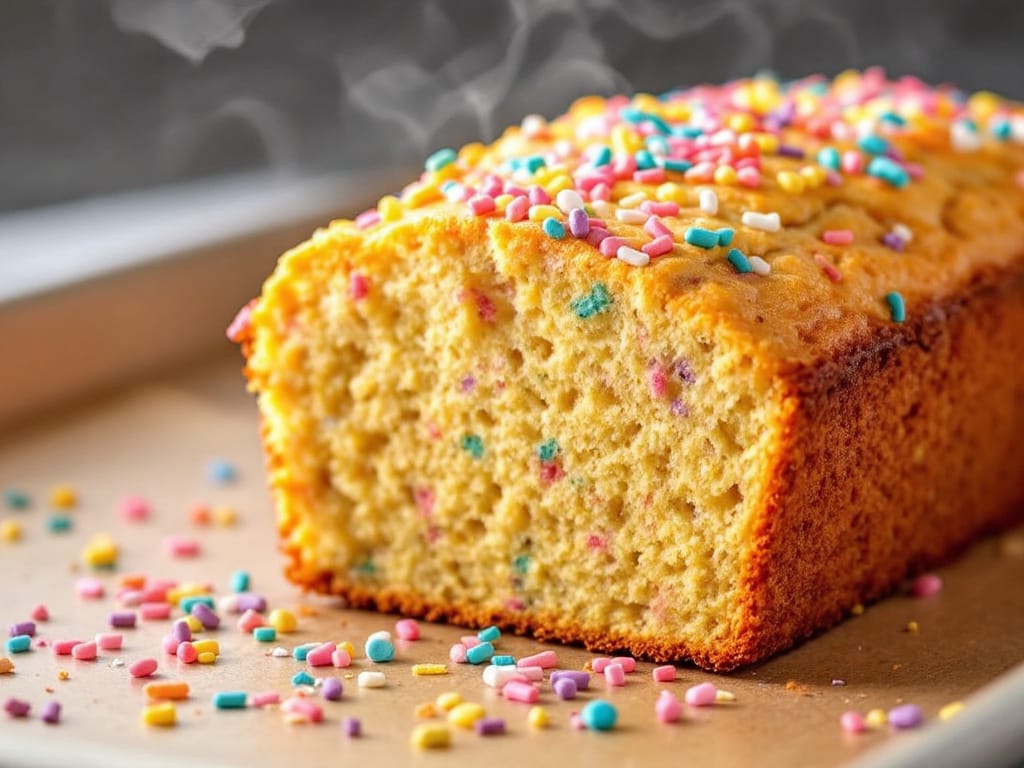
Optional Variations
- Sweetened condensed milk – For extra sweetness and a richer flavor.
- Honey – A natural sweetener that complements the bread’s softness.
- Matcha powder or cocoa – To infuse unique flavors into the bread.
For tips on choosing the right yeast to ensure your bread rises perfectly, explore Ultimate Guide to Making Perfect Milk Bread Recipe.
Tools and Equipment
- Mixing bowl – For combining ingredients.
- Stand mixer – Optional, but it saves time and effort when kneading.
- Loaf pan – Shapes your bread beautifully.
- Dough scraper – Handy for handling and shaping the dough.
- Thermometer – Ensures your bread bakes to the perfect internal temperature.
These ingredients and tools will set you up for success in making your milk bread masterpiece!
The Tangzhong (Water Roux) Technique
What is Tangzhong?
Tangzhong is a game-changing technique that transforms the way you bake bread. It involves heating a mixture of flour and water to create a thick paste. This paste, when incorporated into the dough, ensures the bread remains moist, tender, and fluffy for days. This method not only enhances the texture but also prolongs the freshness of the bread.
How to Make Tangzhong
Follow these simple steps to prepare the Tangzhong for your milk bread:
- Measure Ingredients: Combine 3 tablespoons of flour with ½ cup of water in a small saucepan.
- Cook: Heat the mixture over medium heat, stirring constantly to avoid lumps.
- Thicken: Continue stirring until the mixture thickens into a smooth paste.
- Cool: Remove from heat and allow the paste to cool completely before adding it to your dough.
Using Tangzhong in your recipe is the key to achieving that soft, pillowy texture milk bread is famous for!
Step-by-Step Instructions for Milk Bread
Making milk bread is easier than you might think! Follow these step-by-step instructions to create a perfect loaf.
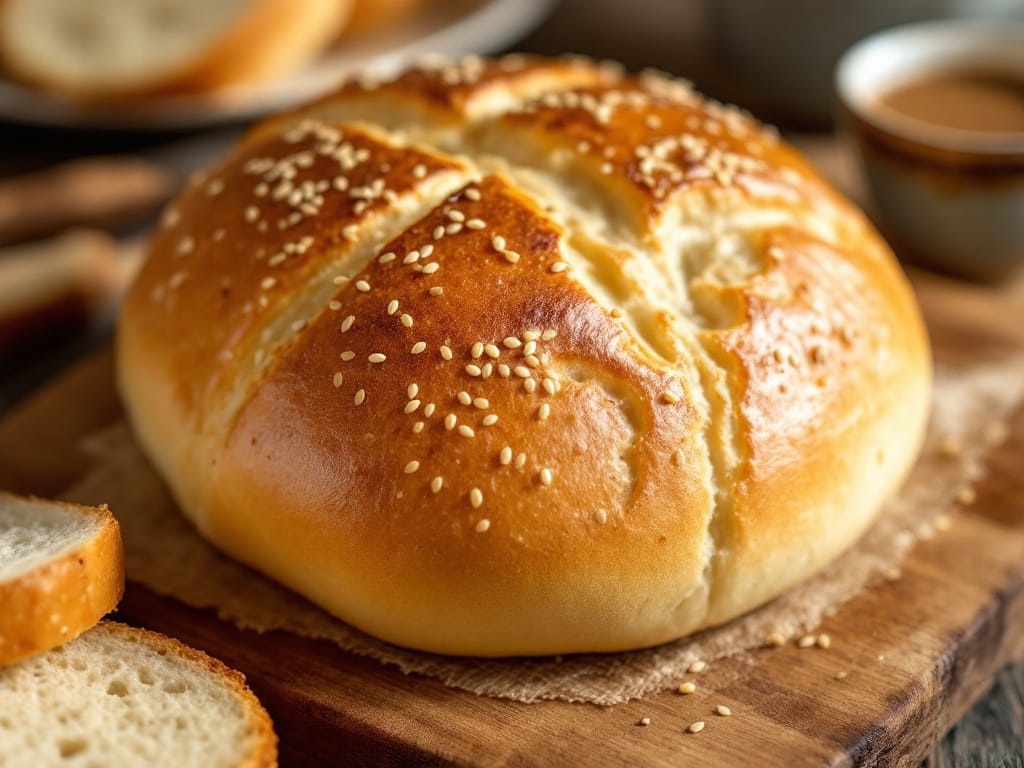
1. Mixing the Dough
- Combine the dry ingredients (flour, sugar, salt, and yeast) in a mixing bowl.
- Add the cooled Tangzhong, milk, egg, and butter to the bowl.
- Mix until the dough starts to come together into a cohesive mass.
2. Kneading
- Knead the dough by hand or with a stand mixer using a dough hook.
- Continue kneading for about 10–15 minutes until the dough is smooth and elastic.
3. First Proof
- Transfer the dough to a greased bowl and cover it with a damp towel or plastic wrap.
- Let it rise in a warm place for 1–1.5 hours, or until the dough has doubled in size.
4. Shaping
- Gently punch down the dough to release air bubbles.
- Divide the dough into equal portions.
- Shape each portion into balls or roll them into loaves, then place them into a prepared loaf pan.
5. Final Proof
- Cover the shaped dough and allow it to rise for another 45 minutes until it fills the loaf pan.
6. Baking
- Preheat your oven to 350°F (175°C).
- Brush the top of the dough with an egg wash to achieve a shiny, golden crust.
- Bake for 25–30 minutes, or until the bread is golden brown and sounds hollow when tapped.
7. Cooling
- Remove the bread from the oven and allow it to cool in the pan for 10 minutes.
- Transfer it to a wire rack to cool completely before slicing.
By following these steps, you’ll create a loaf of soft, tender milk bread that’s perfect for any occasion!
Creative Variations for Milk Bread
Milk bread’s versatility makes it the perfect base for creative twists. Here are some variations to try:
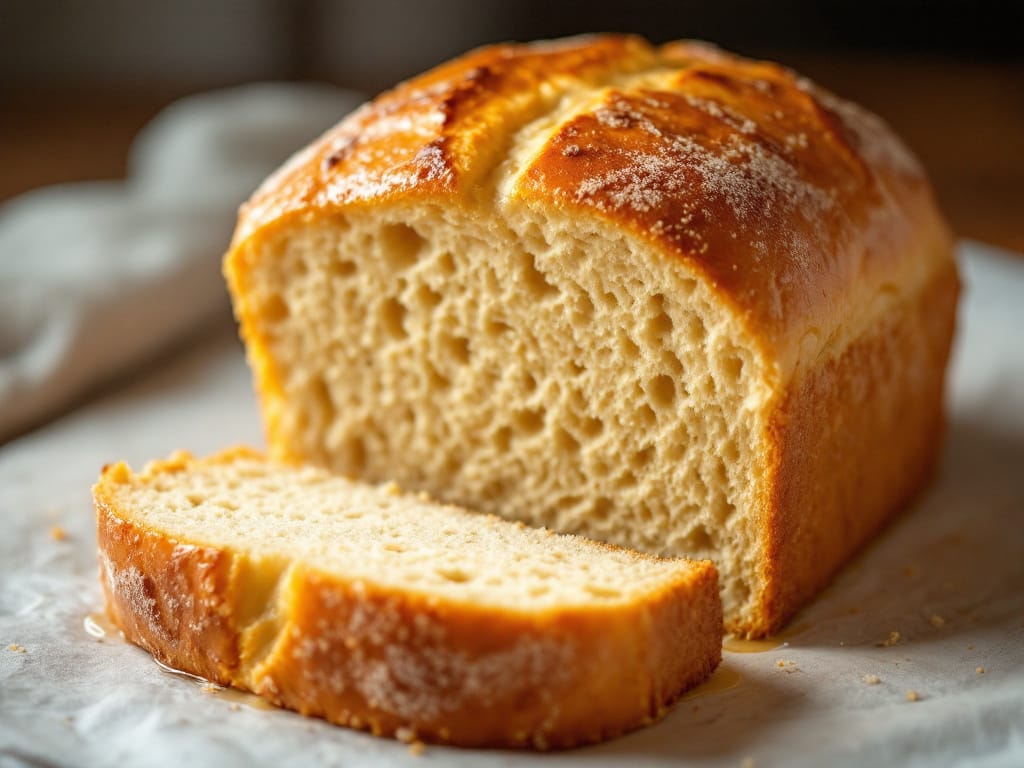
1. Honey Milk Bread
- Replace the sugar in the recipe with honey for a naturally sweet and slightly floral flavor.
- The honey not only enhances the taste but also gives the crust a beautiful golden hue.
2. Chocolate Swirl
- Roll cocoa powder or a chocolate paste into the dough before shaping it.
- The result is a rich, sweet loaf with a beautiful marbled interior.
3. Matcha Milk Bread
- Add matcha powder to the dough for a subtle green tea flavor and a vibrant green color.
- Perfect for pairing with sweet spreads or as a standalone treat.
Troubleshooting Common Issues
Even seasoned bakers can encounter challenges. Here’s how to troubleshoot common problems when making milk bread:
1. Sticky Dough
- If the dough is too sticky, sprinkle in small amounts of bread flour until it becomes manageable.
- Avoid adding too much flour, which can make the bread dense.
2. Bread Not Rising
- Ensure your yeast is fresh and active. If unsure, proof the yeast by mixing it with warm water and sugar before adding it to the dough.
- Maintain a warm, draft-free environment for the dough to proof properly.
3. Overbaking or Underbaking
- Use a thermometer to check the bread’s internal temperature; it should reach 190°F (88°C) when done.
- Overbaking can dry out the bread, while underbaking results in a dense or gummy texture.
By experimenting with these variations and addressing potential challenges, you’ll expand your skills and enjoy new flavors with every loaf!
FAQs: Milk Bread Baking Tips
Here are answers to some of the most common questions about baking milk bread:
1. How can I make bread with milk instead of water?
You can replace water with milk in equal proportions in most bread recipes. This substitution results in a richer flavor and a softer texture, thanks to the added fats and proteins in milk.
2. What makes milk bread different?
Milk bread stands out because it incorporates milk and often employs the Tangzhong technique. These elements create a loaf that is incredibly tender, moist, and stays fresh longer than other types of bread.
3. Why is Japanese milk bread so good?
Japanese milk bread, or Shokupan, owes its exceptional softness to its unique preparation methods. The combination of milk, butter, and the Tangzhong technique produces a loaf that’s light, fluffy, and perfect for both sweet and savory uses.
4. Can I make milk bread without yeast?
Yes, you can make milk bread without yeast by using alternative leavening agents like baking powder, baking soda, or sourdough starter. While the texture and flavor may vary, you can still achieve a delicious loaf with these substitutes.
These tips will help you perfect your milk bread and adapt it to suit your preferences!
How to Enjoy and Store Milk Bread
Milk bread isn’t just delicious—it’s versatile, too! Here’s how you can serve and store your freshly baked loaf:
Serving Suggestions
- Fresh and Simple: Enjoy milk bread fresh out of the oven with a smear of butter or a dollop of jam for a classic treat.
- Toast It: Toast slices for a crispy exterior while keeping the interior soft and fluffy.
- Sandwiches or French Toast: Its pillowy texture makes it perfect for sandwiches, or use it to create rich, indulgent French toast.
Storage Tips
- Room Temperature: Store your milk bread in an airtight container at room temperature for 2–3 days to maintain freshness.
- Freezing: Wrap the bread tightly in plastic wrap or place it in a freezer bag. It can be frozen for up to a month. Thaw at room temperature and reheat if needed.
Milk bread’s versatility, soft texture, and delicate flavor make it a must-try recipe for home bakers. By following this guide, you’ll master the art of creating bread that’s as satisfying to bake as it is to eat.
Happy baking! 🍞

